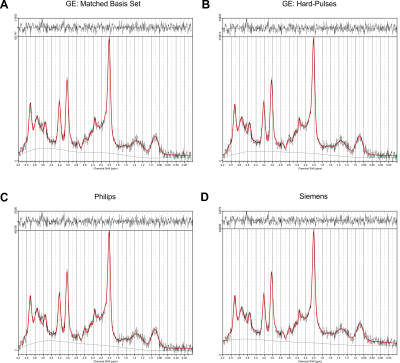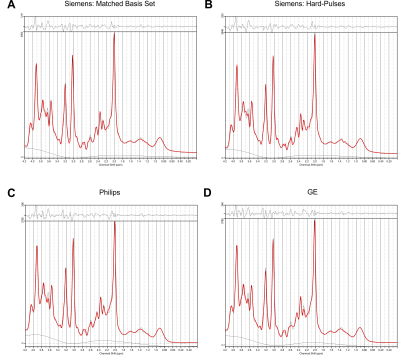Martin Gajdošík1, Karl Landheer1, Kelley M. Swanberg1, Lawrence S. Kegeles2,3,4, Dikoma C. Shungu5, Camilo de la Fuente-Sandoval6,7, and Christoph Juchem1,4
1Department of Biomedical Engineering, Columbia University, New York City, NY, United States, 2Department of Psychiatry, Columbia University College of Physicians and Surgeons, New York City, NY, United States, 3New York State Psychiatric Institute, New York City, NY, United States, 4Department of Radiology, Columbia University Medical Center, New York City, NY, United States, 5Weill Cornell Medicine, New York City, NY, United States, 6Laboratory of Experimental Psychiatry, Instituto Nacional de Neurología y Neurocirugía, Mexico City, Mexico, 7Department of Neuropsychiatry, Instituto Nacional de Neurología y Neurocirugía, Mexico City, Mexico
1Department of Biomedical Engineering, Columbia University, New York City, NY, United States, 2Department of Psychiatry, Columbia University College of Physicians and Surgeons, New York City, NY, United States, 3New York State Psychiatric Institute, New York City, NY, United States, 4Department of Radiology, Columbia University Medical Center, New York City, NY, United States, 5Weill Cornell Medicine, New York City, NY, United States, 6Laboratory of Experimental Psychiatry, Instituto Nacional de Neurología y Neurocirugía, Mexico City, Mexico, 7Department of Neuropsychiatry, Instituto Nacional de Neurología y Neurocirugía, Mexico City, Mexico
The impact of using realistic basis set, simulated with accurate RF pulses, timings, and other sequence details, versus a less
realistic basis set, at the same TE is investigated here for PRESS spectra at 3
T. It is shown that inaccurate basis information leads to spectral quantification errors.

Figure 2: Example spectrum measured
with GE’s standard product implementation of the PRESS sequence and fitted with
four different PRESS basis sets of matched TE 35 ms. The original data are in black, the fit is depicted in red. The upper part of the figures represents the
residual signal after fitting. A – Matched GE basis set; B – Basis set based on
GE timings, but using hard-pulses; C – Basis set for Philips’ PRESS; D – Basis
set for the Siemens’ PRESS. Individual fits were printed from LCModel.

Figure 3: Example spectrum measured
with Siemens’s standard product implementation of the PRESS sequence and fitted
with four different PRESS basis sets of matched TE 35 ms. The original data are in black, the fit is depicted in red. The upper part of the figures represents
the residual signal after fitting. A – Matched Siemens basis set; B – Basis set
based on Siemens timings, but using hard-pulses; C – Basis set for Philips’
PRESS; D – Basis set for the GE’s PRESS. Individual fits were printed from LCModel.
